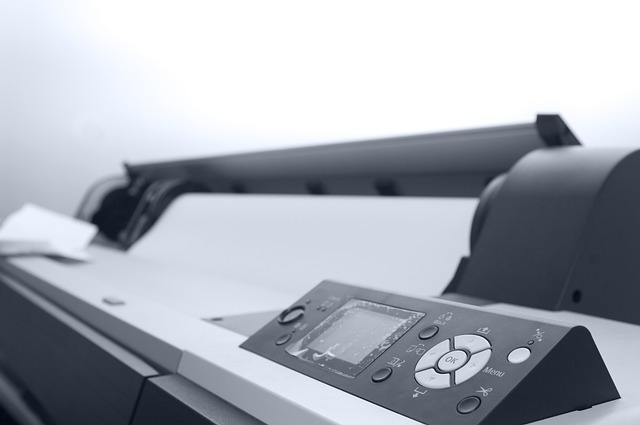The world of film has undergone a remarkable transformation over the decades, evolving from humble beginnings to a dazzling array of formats that redefine how stories are told and experienced. For many of us, the nostalgia associated with watching films on VHS tapes evokes memories of childhood sleepovers and family movie nights, where the magical experience of pausing and rewinding was an art form in itself. As time has marched on, the evolution of film formats has brought us vibrant and immersive experiences that can sometimes feel like a revolution in our viewing habits.
VHS tapes, once a staple of home entertainment, represented a democratization of film. They allowed families to build their personal collections and share beloved titles with friends. Yet, the limitations in quality were palpable; grainy images and muffled sound were part of the charm. The joy of unearthing a classic from video rental stores added a wholesome sense of adventure to weekends.
As technology advanced, film formats transformed dramatically. The introduction of DVD in the late 90s marked a significant turning point. Suddenly, we could bask in the glory of sharper images and superior sound quality—experience a new clarity that made even our favorite old flicks feel vibrant all over again. This was accompanied by an era of bonus features and director’s commentary, adding layers to our understanding and appreciation of film.
Then came the digital age, a seismic shift that gave rise to Blu-ray formats. With even greater storage capabilities and high-definition visuals, Blu-ray ushered in an age where watching a film could feel like stepping inside the screen. As viewers, we were transported to another world, and we could finally scrutinize every detail in stunning clarity, enhancing our emotional connections to the characters and stories we love.
Fast forward to today, and we’re greeted by the marvel of 4K technology. This ultra-high-definition format offers an unparalleled viewing experience, bringing films to life with vivid realism. The crisp details of a sweeping landscape or the nuanced expressions of an actor are rendered so beautifully that they can evoke visceral emotions and make us feel as though we are living the story alongside the characters. Film, in its most advanced form, has the power to move us like never before.
The movement from VHS to 4K illustrates not just a change in technology but a shift in how we perceive storytelling. Each format has transcended its own limitations, allowing filmmakers to experiment and innovate. Today, film is increasingly being explored through the lens of various platforms, from streaming services to theatrical releases, expanding the accessibility of these visual narratives.
Through the lens of nostalgia and progress, the evolution of film formats mirrors our own journey as audiences. Each format has shaped our experiences, formed our memories, and captured our hearts in unique ways. As we continue to embrace newer technologies, it’s important to remember the rich history that has brought us to this moment and how film will inevitably continue to evolve, enriching our lives for generations to come.


